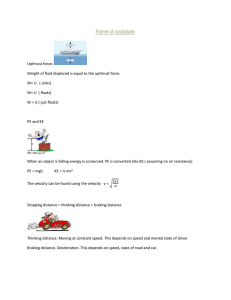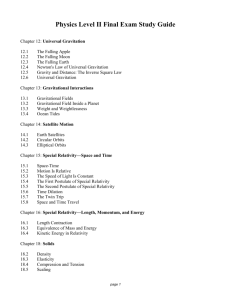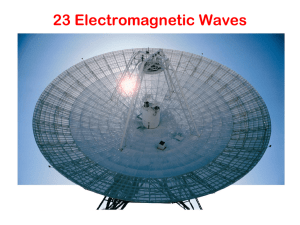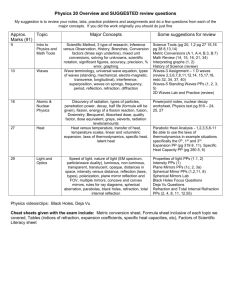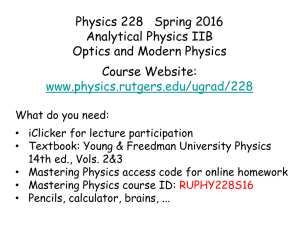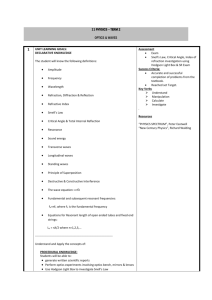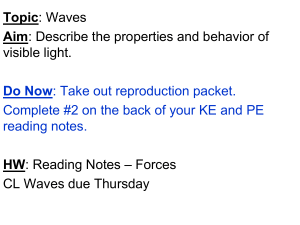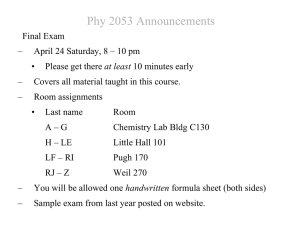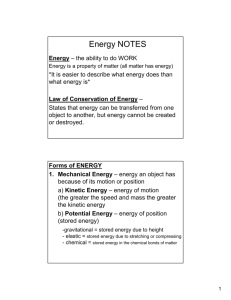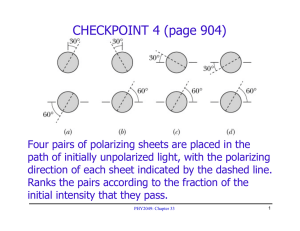8P_SourPropEner
advertisement
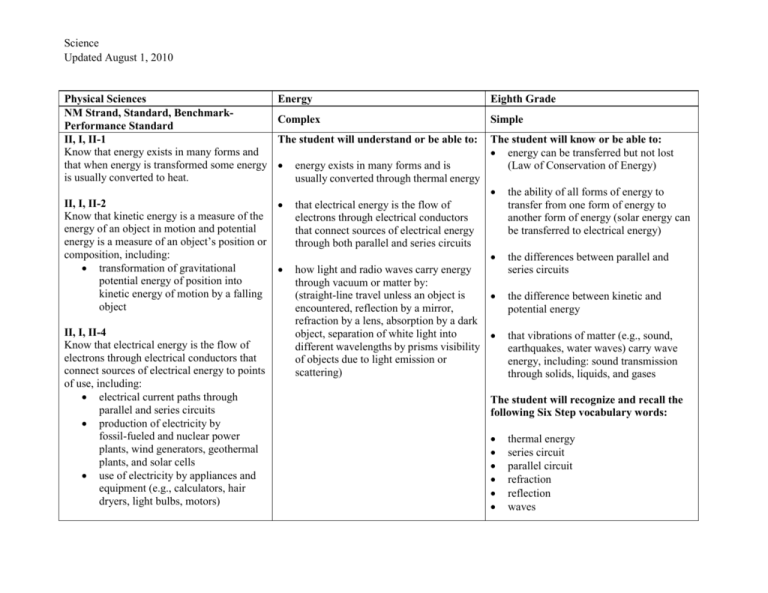
Science Updated August 1, 2010 Physical Sciences NM Strand, Standard, BenchmarkPerformance Standard II, I, II-1 Know that energy exists in many forms and that when energy is transformed some energy is usually converted to heat. Energy Eighth Grade Complex Simple The student will understand or be able to: The student will know or be able to: energy can be transferred but not lost (Law of Conservation of Energy) II, I, II-2 Know that kinetic energy is a measure of the energy of an object in motion and potential energy is a measure of an object’s position or composition, including: transformation of gravitational potential energy of position into kinetic energy of motion by a falling object II, I, II-4 Know that electrical energy is the flow of electrons through electrical conductors that connect sources of electrical energy to points of use, including: electrical current paths through parallel and series circuits production of electricity by fossil-fueled and nuclear power plants, wind generators, geothermal plants, and solar cells use of electricity by appliances and equipment (e.g., calculators, hair dryers, light bulbs, motors) energy exists in many forms and is usually converted through thermal energy that electrical energy is the flow of electrons through electrical conductors that connect sources of electrical energy through both parallel and series circuits how light and radio waves carry energy through vacuum or matter by: (straight-line travel unless an object is encountered, reflection by a mirror, refraction by a lens, absorption by a dark object, separation of white light into different wavelengths by prisms visibility of objects due to light emission or scattering) the ability of all forms of energy to transfer from one form of energy to another form of energy (solar energy can be transferred to electrical energy) the differences between parallel and series circuits the difference between kinetic and potential energy that vibrations of matter (e.g., sound, earthquakes, water waves) carry wave energy, including: sound transmission through solids, liquids, and gases The student will recognize and recall the following Six Step vocabulary words: thermal energy series circuit parallel circuit refraction reflection waves Science Updated August 1, 2010 II, I, II-5 Understand how light and radio waves carry energy through vacuum or matter by: straight-line travel unless an object is encountered reflection by a mirror, refraction by a lens, absorption by a dark object separation of white light into different wavelengths by prisms visibility of objects due to light emissions or scattering II, I, II-6 Understand that vibrations of matter (e.g., sound, earthquakes, water waves) carry wave energy, including: sound transmission through solids, liquids, and gases relationship of pitch and loudness of sound to rate and distance (amplitude) of vibration ripples made by objects dropped in water
